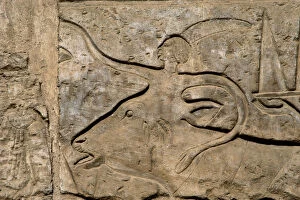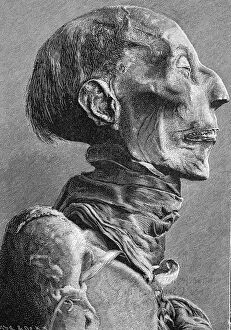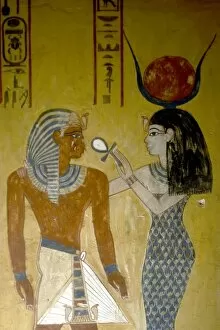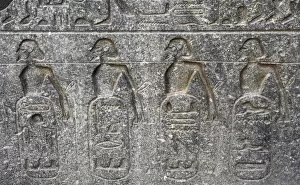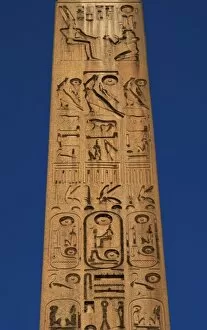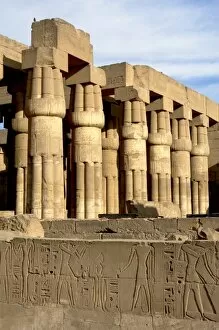Egyptian Empire Collection
The Egyptian Empire, renowned for its rich history and captivating art, continues to fascinate us even today
For sale as Licensed Images
Choose your image, Select your licence and Download the media
The Egyptian Empire, renowned for its rich history and captivating art, continues to fascinate us even today. The wall painting from the tomb-chapel of Nebamun in Thebes transports us back to c. 1350 BC, showcasing the vibrant fresco that adorned their sacred spaces. This masterpiece serves as a window into the artistic prowess and cultural significance of ancient Egypt. Another remarkable artifact is the relief of the religious procession of the great bulls, a commemoration that highlights their deep reverence for divine beings. Such displays of devotion were integral to maintaining harmony between mortals and gods within this magnificent empire. Delving further into Egypt's past, we encounter Ramses II's mummy, an extraordinary 19th-century artwork that offers a glimpse into one of Egypt's most iconic pharaohs. This relic stands as a testament to Ramses II's enduring legacy and his contributions towards shaping Egyptian civilization. Exploring tombs such as Menjeperura or Thutmose IV reveals more about this powerful dynasty during the New Kingdom period. These royal resting places provide invaluable insights into their beliefs, customs, and societal structure. The historic paintings discovered throughout Egypt serve as visual records documenting significant events and achievements achieved by these ancient people. They depict scenes like prisoners belonging to conquered villages under Ramses II’s rule – evidence of his military might and expansive empire. Egypt itself holds immense importance not just within Africa but also globally due to its unparalleled historical significance. Its awe-inspiring monuments stand tall amidst shifting sands – testaments to an advanced civilization that thrived along the Nile River thousands of years ago. One cannot ignore hieroglyphic writing when discussing ancient Egypt; it was instrumental in preserving knowledge through time. The obelisk bearing Ramesses II’s reign showcases this intricate form of communication which has fascinated scholars for centuries.

